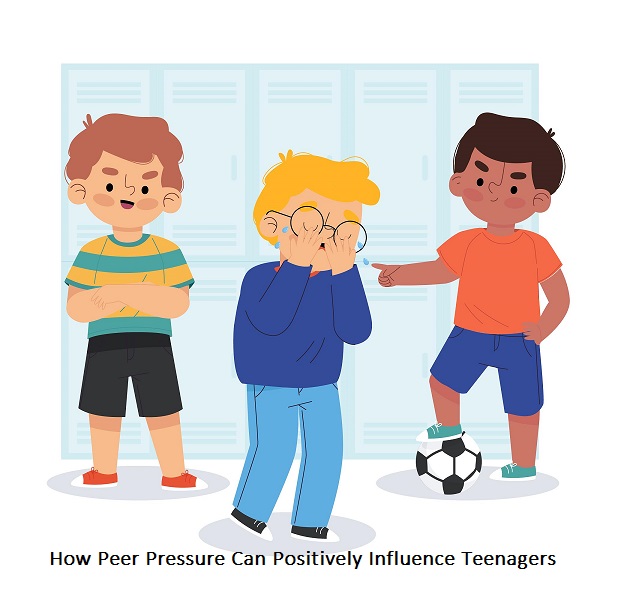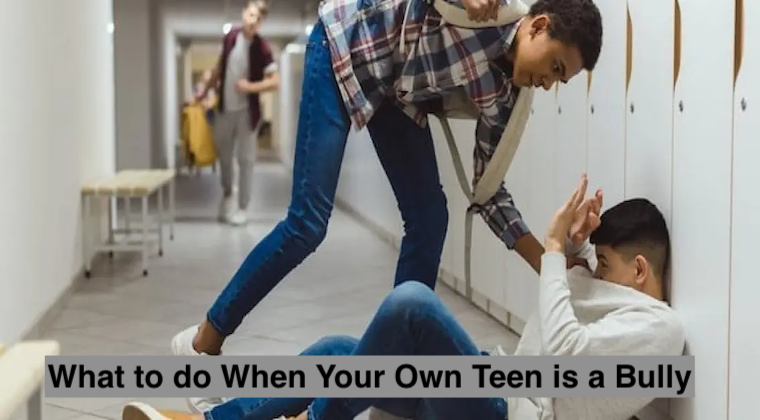When we think about peer pressure, it’s often viewed through a negative lens—teens being forced into risky behaviors or bad decisions. However, peer pressure isn’t inherently harmful. In fact, it can serve as a powerful motivator, encouraging teenagers to adopt healthy habits, develop essential life skills, and grow into well-rounded individuals.
This article explores how peer pressure, when directed positively, can shape a teenager’s life for the better. By the end, you’ll see why peer pressure deserves a re-evaluation and how parents, teachers, and communities can harness it to benefit the next generation.
Understanding Peer Pressure: A Double-Edged Sword
Peer pressure refers to the influence individuals feel from their peers—those of similar age, status, or interests. During adolescence, as teenagers seek identity and belonging, they’re naturally more susceptible to peer influence.
While negative peer pressure can lead to risky behaviors, such as substance abuse or skipping school, positive peer pressure is its healthier counterpart. It involves peers encouraging or inspiring each other to make constructive choices, pursue goals, and cultivate good habits. To learn more about fostering a nurturing environment for teenagers, visit Best Child Care Tips for expert advice on building supportive relationships at home.
How Positive Peer Pressure Shapes Teenagers
1. Encourages Academic Excellence
Teenagers in a group where academic success is valued often feel inspired to perform better in school. For instance, a student might feel motivated to study harder or participate in extracurricular activities if their friends are achieving academic milestones. Peer groups that celebrate learning can boost a teenager’s self-esteem, instill discipline, and create a culture of healthy competition.
Example: Consider a teenager who joins a study group with high-achieving peers. The group dynamic encourages regular study habits, exchange of knowledge, and mutual encouragement, resulting in improved grades and confidence.
Pro Tip: Check out study tips for kids for additional guidance on creating a positive learning environment.
2. Promotes Healthy Habits
Positive peer pressure can inspire teens to adopt healthier lifestyles. If a teenager sees their friends eating nutritious meals, exercising regularly, or avoiding harmful substances, they’re more likely to follow suit.
Pro Tip: Parents can reinforce these behaviors by fostering friendships with teens who exhibit healthy habits. This alignment between family values and peer influence creates a supportive environment for personal growth. For advice on cultivating a positive household dynamic, explore family bonding activities that strengthen relationships.
3. Builds Self-Confidence and Social Skills
Teenagers often emulate peers who exude confidence, kindness, or strong social skills. Positive peer pressure encourages individuals to step out of their comfort zones, whether by trying new activities, making new friends, or participating in leadership roles.
Example: A shy teenager might be encouraged to join a debate team because of their friend’s involvement. Over time, they develop public speaking skills and confidence, which benefit them academically and socially.
Looking for tips to boost your teen’s confidence? Check out confidence-building strategies for kids for actionable insights.
4. Instills Strong Moral Values
Peer groups that emphasize respect, kindness, and responsibility can profoundly shape a teenager’s moral compass. Being surrounded by ethical peers helps teens internalize these values, fostering integrity and empathy.
Real-Life Scenario: A teen who observes their friends volunteering at a local shelter may feel inspired to contribute to their community, developing a sense of compassion and responsibility.
Strategies to Leverage Positive Peer Pressure
1. Foster the Right Friendships
Encourage teenagers to build relationships with peers who share similar positive values. Look for friends who prioritize academic success, respect others, and have clear goals.
Actionable Tip: Parents can subtly guide their teens by arranging social opportunities, such as team sports or hobby-based clubs, that attract like-minded individuals.
2. Highlight Role Models
Teenagers are heavily influenced by role models. Whether it’s a peer, an older sibling, or a mentor, having someone to look up to can shape their aspirations and decisions.
Pro Tip: Introduce teens to inspiring figures through books, movies, or real-life interactions to broaden their perspective and motivation.
3. Encourage Group Activities
Organized group activities, such as sports teams, community projects, or debate clubs, foster camaraderie and positive peer dynamics. These settings naturally encourage teamwork, leadership, and mutual respect.
How Parents and Educators Can Support Positive Peer Pressure
1. Open Communication
Maintain an open line of communication with teenagers about their friends and social interactions. Ask questions about their peer group without being intrusive, creating a safe space for discussion.
Example Question: “What do you enjoy most about hanging out with your friends?”
Explore parenting communication tips to build stronger connections with your teen.
2. Teach Critical Thinking
Equip teens with the tools to differentiate between harmful and beneficial peer influence. Critical thinking allows them to evaluate situations and make informed decisions, even under pressure.
3. Celebrate Positive Behaviors
Acknowledge and reward moments when teenagers make good choices influenced by their peers. Positive reinforcement strengthens these behaviors.
Example: If your teen spends time with friends volunteering, praise their effort and discuss the impact of their actions.
Real-Life Success Stories of Positive Peer Pressure
Case 1: A Shift Toward Fitness
Jake, a 16-year-old, used to spend most of his free time playing video games. His friend group gradually began emphasizing physical fitness, with regular trips to the gym and outdoor activities. Encouraged by their enthusiasm, Jake joined in and soon developed a passion for running. Today, he’s training for his first marathon.
Case 2: Academic Triumph
Sophie, a high school junior, struggled with her studies until she joined a study group led by her ambitious peers. Their discipline and dedication inspired her to adopt better study habits. By the end of the year, Sophie’s grades improved significantly, and she discovered a newfound love for learning.
Conclusion
Peer pressure is a powerful force in a teenager’s life, but it’s not something to fear. By guiding teens toward positive influences, parents and educators can harness peer pressure to promote healthy habits, academic success, and strong moral values.
The key is to foster an environment where teenagers feel empowered to make good choices while being supported by like-minded peers. With the right strategies, peer pressure can be a driving force for personal growth, confidence, and success.










